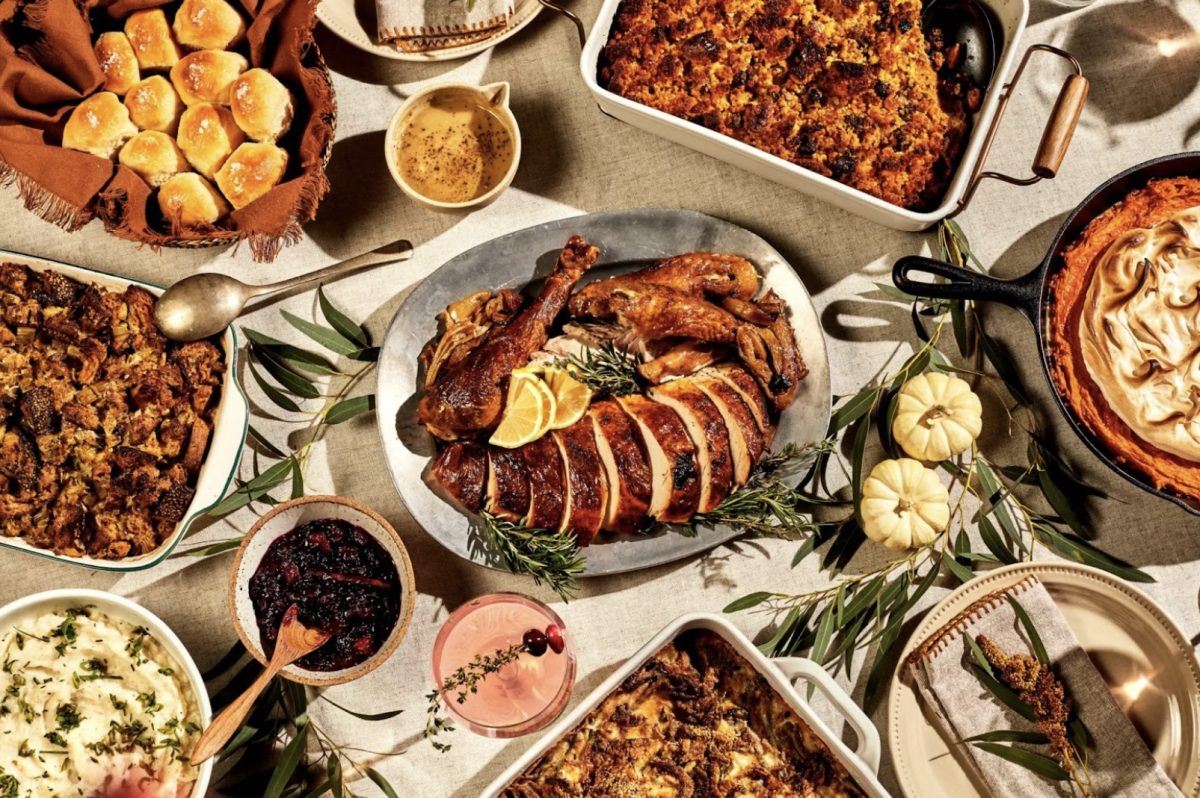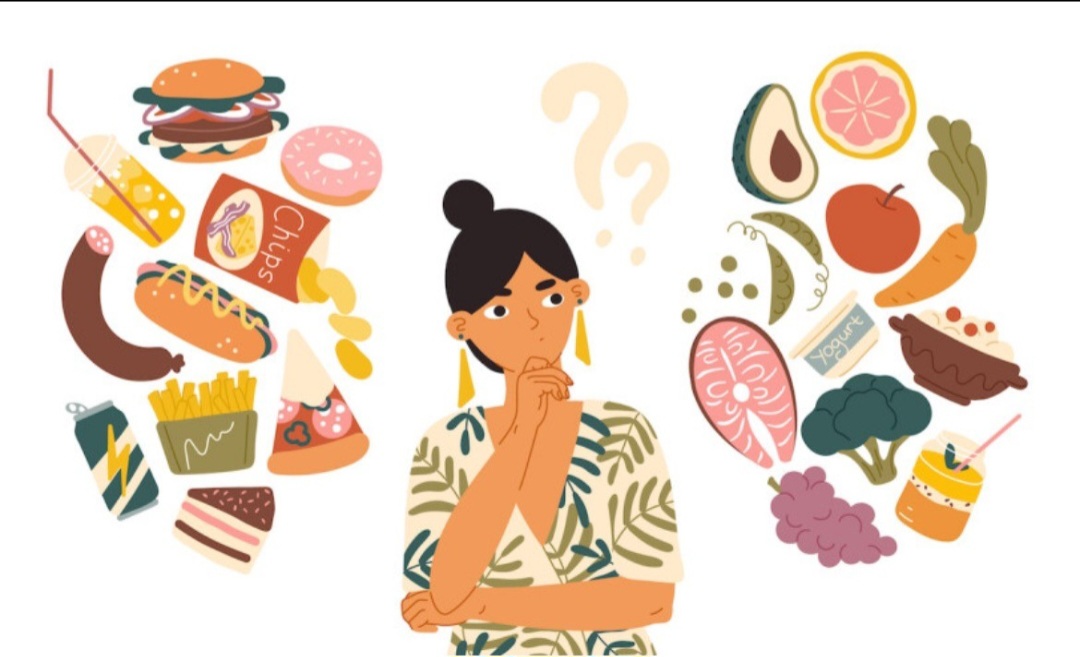While Thanksgiving is widely recognized as a uniquely American holiday, similar celebrations of gratitude and harvest take place around the globe— each with its own customs and traditions. Here’s a look at how different regions and countries express thanks.
Thanksgiving in Africa
In many African nations, thanksgiving revolves around harvest festivals. The specifics of these celebrations vary by country.
In Ghana, the “Homowo Festival” is a major celebration, translating to “hooting at hunger.” It is a time to give thanks for the yam harvest, a staple food in the region. The festival includes feasts, dances, and ceremonies to honor their agricultural traditions. They often celebrate with kepekpay, a traditional dish made with fish or okra, which is made by steaming and fermenting corn and adding palm oil.
This day is a day to give thanks to God and the Americans for freeing the slaves. So Thanksgiving often starts with a church service, where attendees bring fruits and other produce to auction. Afterwards, families return home and enjoy a celebratory meal together to express their gratitude for the blessings. To celebrate this day, families gather and enjoy roasted chicken, green bean casserole, and mashed cassava. Since Liberians usually eat their food hot and spicy, cayenne pepper and other peppers may be added to Thanksgiving dishes.
Thanksgiving in Asia
In Asia, gratitude and family unity are central themes in celebrations, often tied to traditional festivals and holidays.
In China, people call this holiday “Gan’en Jie,” which literally translates to “Thanksgiving for Grace” or “Mid-Autumn Festival.” China celebrates Thanksgiving on the fourth Thursday of November, the same time as Americans. Like in the United States, people in China generally view this holiday as a time to socialize with friends and family, formally express their gratitude to each other, and enjoy delicious food. The traditional food that is often eaten on Thanksgiving is mooncakes, which come in various fillings like red bean paste, salted egg yolk, or lotus seed paste. The moon symbolizes family unity. However, it is not an official holiday where manufacturing and businesses are closed, like in the United States.
Japan’s “Kinrō Kansha no Hi” (Labor Thanksgiving Day) is celebrated on November 23rd. This national holiday honors workers’ contributions to the workforce. Even in school, during this period, teachers teach the importance of labor workers. It is common for many workers to stay home and spend a relaxing day indoors with their families, playing games, and watching television. Traditional foods like sashimi, sushi (which is basically raw fish) and sweet rice cakes called mochi are enjoyed.
The Korean Thanksgiving, called “Chuseok” or “Hangawi,” is one of the country’s most important holidays. It falls on the 15th day of August, according to the lunar calendar. Families exchange thoughtful gifts such as fresh fruit, high-quality beef, or practical items like shampoo. A highlight of the festival is songpyeon— rice cakes filled with red bean paste or other flavors, which are prepared and shared among loved ones.
Interestingly, many Asian countries incorporate red bean-based foods into their Thanksgiving festivities, reflecting a shared culinary tradition.
Thanksgiving in Europe
Although Thanksgiving is not widely celebrated as an official holiday in Europe, some countries celebrate harvest festivals or have adopted Thanksgiving-like customs.
In the United Kingdom, Thanksgiving is not an official holiday but is sometimes observed by hosting dinners inspired by American traditions.People in the U.K. regularly host a party or dinner with their friends or families. These meals often include roast chicken or turkey, stuffing, pumpkin pie, and gravy, bringing families and friends together.
Germany celebrates “Erntedank” (Harvest Thanksgiving) in late September or early October, depending on the region. It is a time to give thanks for the autumn harvest. German Thanksgiving celebrations include religious ceremonies, communal gatherings, and, of course, food. Traditional meals often include hearty staples like meat and potatoes, freshly baked bread, and seasonal vegetables.
Although Australia and most Spanish-speaking countries do not celebrate Thanksgiving, many nations have their own unique ways of expressing gratitude to God, workers, or loved ones. From the African festival of Homowo to Korea’s Chuseok and Germany’s Erntedank, these celebrations highlight the universal value of giving thanks and appreciation. They remind us that gratitude is a shared human tradition that brings people together across borders and cultures to celebrate life’s blessings and strengthen bonds with family, friends, and community.










